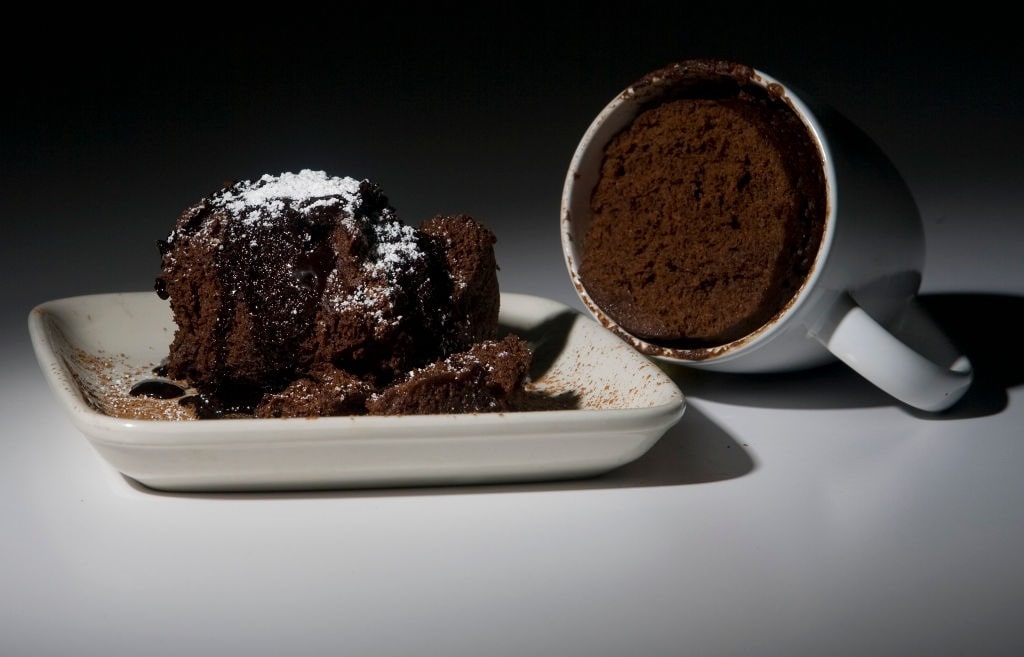Will chocolate bunnies soon emulate the price of gold? Will households start reconsidering their candy options come Halloween? Will Willy Wonka be the wealthiest man on the planet? The situation has turned tragic for chocolate enthusiasts and a bittersweet symphony sounds as cocoa prices have rocketed to levels never before seen. This year, cocoa has been the top-performing asset in the global financial markets. In other words, this is good news for investors but bad news for consumers.
Feeling Cocoa Over Chocolate Prices
During the March 26 trading session, May cocoa futures touched $10,000 per metric ton for the first time on the US ICE Futures exchange. Year-to-date, cocoa prices have risen 123%. Over the last 12 months, the crop has spiked 225%. By comparison, some of the best-performing assets this year have been Bitcoin (64%), orange juice (20%), crude oil (17%), and gold (7%).
 Is cocoa’s meteoric ascent sustainable? To answer this question, it would be prudent to figure out why the agricultural commodity has been soaring in the first place.
Is cocoa’s meteoric ascent sustainable? To answer this question, it would be prudent to figure out why the agricultural commodity has been soaring in the first place.
Ghana and the Ivory Coast account for 80% of global cocoa output. The West African markets have endured various production challenges that have weighed on international supply: high temperatures, heavy rainfall, aging trees, crop disease (black pod), and poor infrastructure.
These issues could be observed in the data. In the October-March period, Ghana’s cocoa exports have plummeted about 33% year-over-year. In the same span, Ivory Coast exports have plunged 18% year-over-year. Nigeria, another major market for the commodity, reported a 15% year-over-year decline in cocoa shipments.

(Photo by James Nielsen/Houston Chronicle via Getty Images)
West Africa’s cocoa issues did not spring up out of the blue. The situation has been festering for a while. The worldwide cocoa market has suffered two straight years of crop deficits. Because exchange inventories have been plentiful, the market has not responded quickly. The industry is now paying the price for largely ignoring these hurdles. Today, ICE-monitored cocoa inventories stationed in US ports dropped to a three-year low.
Looking ahead, conditions could further deteriorate. Ghana’s Cocoa Board forecasts that the country’s cocoa harvest might be 425,000 metric tons, which is about half of its initial projection. It would also represent the lowest level in 22 years. Trader Ecom Agroindustrial, Ivory Coast’s regulator, estimates that this year’s output will tumble 33% to 400,000 metric tons. Overall, global cocoa production will decline by 11% to 4.45 million metric tons, according to the International Cocoa Organization. In February, it predicted that the worldwide deficit would balloon to negative 374,000 metric tons.
“The availability of Cocoa from West Africa remains very restricted and projections for another production deficit against demand for the coming year are increasing,” said Jack Scoville, vice president of The PRICE Futures Group, in a March 25 research note. “Ideas of tight supplies remain based on more reports of reduced arrivals in Ivory Coast and Ghana continue. Demand continues to be strong, especially from nontraditional buyers of Cocoa.”
Demand is the vital term here.
Candy Titans Responding
Market analysts have noted that the only way for prices to come down substantially is for global demand to crater. Are there signals that consumption is slowing? In January, the National Confectioners Association (NCA) reported that fourth quarter North American cocoa grindings slipped 3% year-over-year to 103,971 metric tons. Similar numbers were seen in Europe and Asia.
Will the shrinking demand persist in the first quarter? Investors will be waiting for the data with bated breath. Until then, the candy moguls are exploring their options.
The NCA told CNBC that the industry is partnering with retailers to “manage down costs” to ensure chocolate is affordable for shoppers. Hershey CEO Michele Buck noted in February that “given where cocoa prices are, we will be using every tool in our toolbox, including pricing, as a way to manage the business.” Mondelez, the maker of Cadbury and Milka chocolates, confirmed in a Jan. 30 earnings call that the company is considering price hikes to fight cocoa inflation.
The Sweet Road to $11,000
Is the next milestone for cocoa $11,000? All traders would be wealthy if everyone could accurately predict the financial markets. During the March 27 trading session, cocoa prices eased from their record high to around $9,500. The bumps in the road were seen on the rocket ship to $10,000, but it still reached its delicious and decadent destination. Indeed, many narratives are forming throughout the global financial markets.
Put simply, the public, already facing myriad price pressures, is set to contend with chocoflation, endangering the favorite sweet escape for many.




